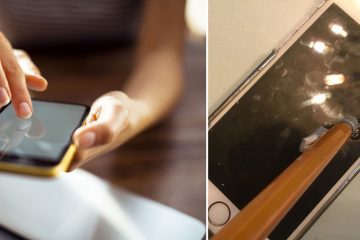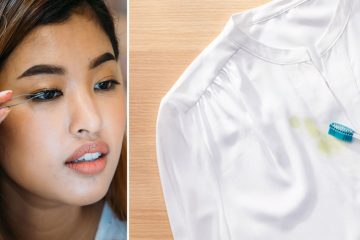Super glue is a powerful adhesive that can bond objects together permanently. However, accidents happen, and if you’ve accidentally spilled super glue on your carpet, it’s important to act quickly to prevent permanent damage. In this comprehensive guide, we will walk you through the step-by-step process of how to remove super glue from carpet effectively. From common craft glues to heavy-duty adhesives like gorilla glue, we’ve got you covered.
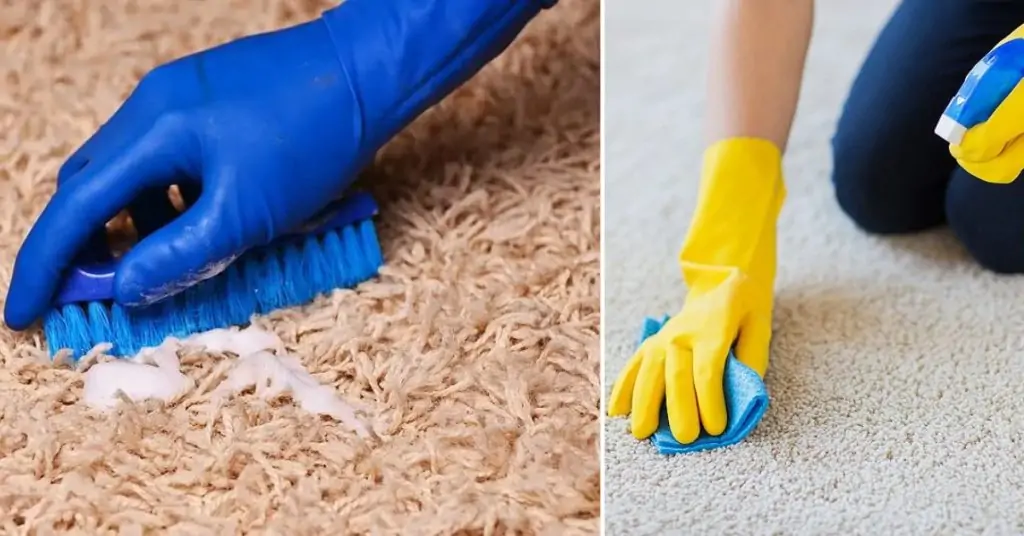
Key Takeaway:
- Swiftly address wet super glue spills for effective containment.
- Utilize acetone and a plastic knife for removal, ensuring safe testing on the carpet.
- Employ a step-by-step process, adapting to different glue types.
- Seek professional assistance for stubborn stains and consider preventative measures for future incidents.
Understanding the Challenge
Before diving into the removal process, it’s essential to understand the challenge that super glue presents. Super glue is designed to dry and harden quickly, making it difficult to remove once it adheres to carpet fibers. Acting swiftly is crucial to increase your chances of successful removal.
You Can Check It Out to Remove Carpet Glue From Tile.
6 Actionable Steps for How to Remove Super Glue From Carpet
Here are the steps you should follow for how to remove super glue from carpet:
Step 1: Preparing for Removal
Before starting the removal process, gather the necessary materials to ensure a smooth and efficient operation. Here’s a list of items you’ll need:
- Clean paper towels
- Plastic knife
- Cotton balls or cotton swabs
- Acetone or nail polish remover (with acetone)
- Ammonia
- White vinegar
- Warm water
- Clean, light-colored cloth or sponge
- Dishwashing liquid
- Dry cleaning solvent (optional)
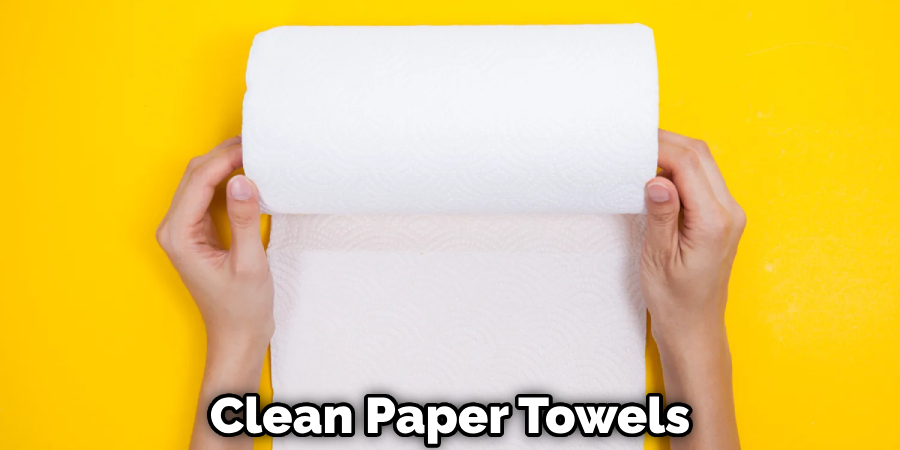
Step 2: Removing Fresh Super Glue
If the super glue is still wet and sticky, follow these steps to remove it from your carpet:
- Begin by gently pressing a clean paper towel on the spillage to absorb as much glue as possible. Repeat this process until no more glue is being absorbed.
- If the glue is partially dry, use a plastic knife to scrape off any excess glue gently. Be careful not to pull up the carpet fibers.
- Dampen a cotton ball or cotton swab with acetone or nail polish remover and gently press it onto the glue stain. The acetone will help loosen the glue from the carpet fibers. If the cotton ball dries up before the glue breaks down, dampen a new one and repeat the process.
- Mix one teaspoon of ammonia with one cup of warm water to create a cleaning solution. Dab a clean, light-colored cloth into the solution and continuously dab it onto the glue stain. You will notice the glue transferring from the carpet to the cloth. Repeat this step until all of the glue has been removed.
- To remove any residual glue, dampen another clean cloth with warm water and wipe over the affected area of the carpet. Finally, dry the carpet with a clean towel.
Step 3: Dealing with Dried Super Glue
If the super glue has already dried and hardened on your carpet, follow these steps for removal:
- Use a plastic knife to gently scrape off as much of the dried glue as possible. Take care not to damage the carpet fibers.
- Test a small, inconspicuous carpet area with acetone or nail polish remover to ensure it does not cause any damage or discoloration. If safe, proceed by dampening a clean cloth with the acetone or nail polish remover and gently dabbing it onto the glue stain. Allow the solvent to soften the glue for at least 10 minutes.
- Once the glue has softened, blot the area immediately with a clean, damp cloth to remove any dissolved glue and residue. If necessary, repeat the process with a fresh cloth and more solvent until all the glue is gone.
- If there are any remaining hard granules or traces of glue, try gently scraping them off with a blunt object like a butter knife or spoon.
- To ensure all traces of the solvent are removed, apply a small amount of dry cleaning solvent to a clean cloth and dab it onto the stained area. Continue dabbing with a clean area of the cloth until all the solvent and glue residue are gone.
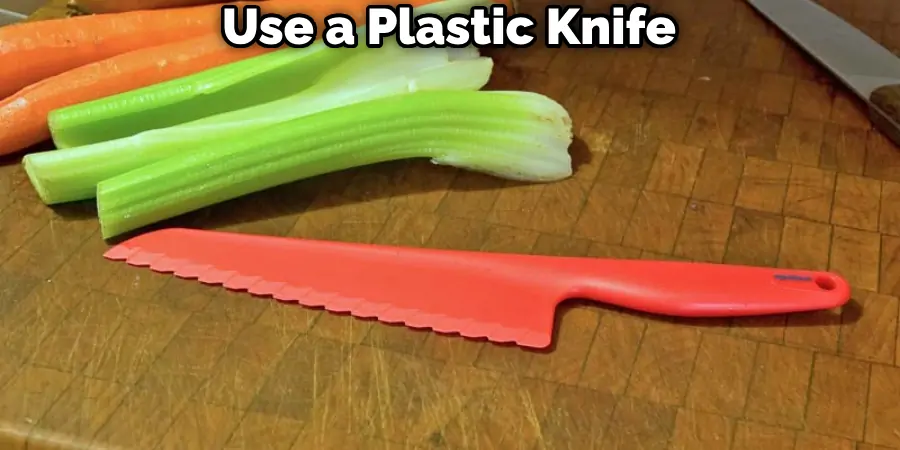
Step 4: Removing Specific Types of Glue
Different types of glue may require slightly different removal techniques. Here’s how to tackle some common glue stains on your carpet:
A. Craft and White School Glue
If you’re dealing with craft or white school glue, follow these steps for effective removal:
- Begin by dabbing up as much wet glue as possible with a towel. For dry glue, dampen the towel with warm water to soften and absorb the glue.
- Mix a solution of equal parts white vinegar and warm water. Gently dab the solution onto the glue stain with a clean white cloth or a strong plain white paper towel. Allow it to sit for about 15 minutes to dissolve the adhesive.
- Blot the area with a fresh cloth or paper towel to remove any remaining glue. Ensure the carpet is thoroughly dry before leaving it to air dry completely.
Alternatively, you can use a solution of dish soap and warm water as a substitute for the vinegar mixture. Mix a few drops of dishwashing liquid into room temperature or lukewarm water, and gently dab it onto the glue stain using a clean cloth. Finish by blotting with a dry cloth or paper towel.

B. Gorilla Glue
Gorilla glue is a heavy-duty adhesive known for its strength. Here’s how to remove Gorilla glue from your carpet:
- Begin by scraping off any excess glue with a plastic knife.
- Apply an appropriate amount of acetone solution or nail polish remover to the stained area, ensuring you’ve tested it on an unseen area of the carpet first. Allow the solvent to work on the glue.
- Blot the area immediately with a clean, damp cloth to remove any dissolved glue and residue. Repeat this process as needed.
- If there are any remaining hard granules, gently scrape them off with a blunt object.
- Clean the carpet with a gentle soap and water solution to remove any leftover residue.
Step 5: Hair Glue, Wood Glue, Hot Glue, and PVC Glue
Removing specific types of glue from the carpet may require additional steps and precautions. Here’s how to handle hair glue, wood glue, hot glue, and PVC glue stains:
A. Hair Glue
For water-based hair glue stains:
- Create a solution of white distilled vinegar and warm water.
- Dip a clean cloth into the mixture and apply it to the stained area, repeating until the glue is fully removed.
- If the glue is not water-based, use acetone or nail polish remover to break down the stain. Apply a few drops to a clean cloth and dab it onto the glue stain. Use sparingly to avoid discoloration.
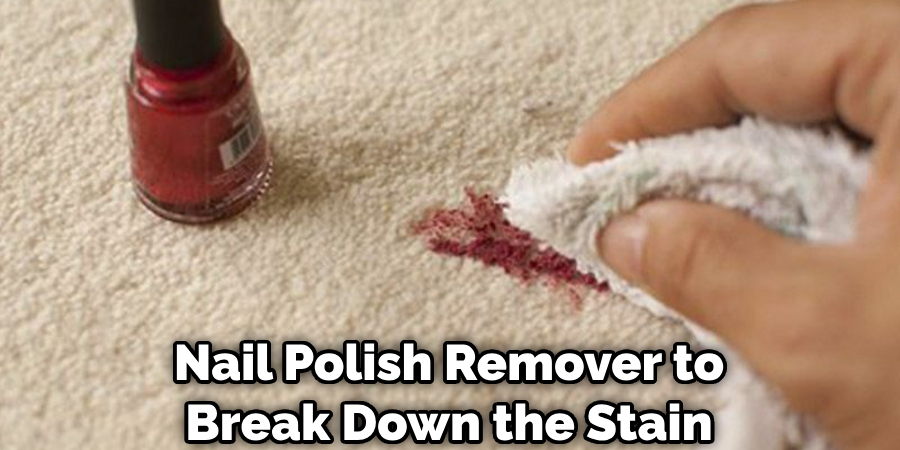
B. Wood Glue
Removing wood glue from the carpet requires caution. Here’s how to do it safely:
- Apply a small amount of distilled vinegar to the stained area.
- Place a dry, clean rag on top and steam the area with a medium-heat iron. This will help disintegrate the glue particles.
- Clean the carpet with a gentle soap and water solution once the glue stain has been removed.
C. Hot Glue
To remove hot glue from the carpet, follow these steps:
- Take a thin piece of fabric and press it against the dried hot glue stain.
- Use an iron on a low setting to heat the fabric, causing the hot glue to transfer from the carpet to the fabric. Avoid wiping the glue stain, as it can worsen the situation.
D. PVC Glue
PVC glue is a slow-drying adhesive that can be challenging to remove. Here’s how to tackle it:
- Scrape off any dried glue using a sharp knife or plastic knife.
- Use a solution of white distilled vinegar and warm water, or a dish detergent soap and warm water, to break down the stain. Gently rub the stains in a circular motion with a clean cloth.
- If necessary, repeat the process until the glue stains are fully removed.
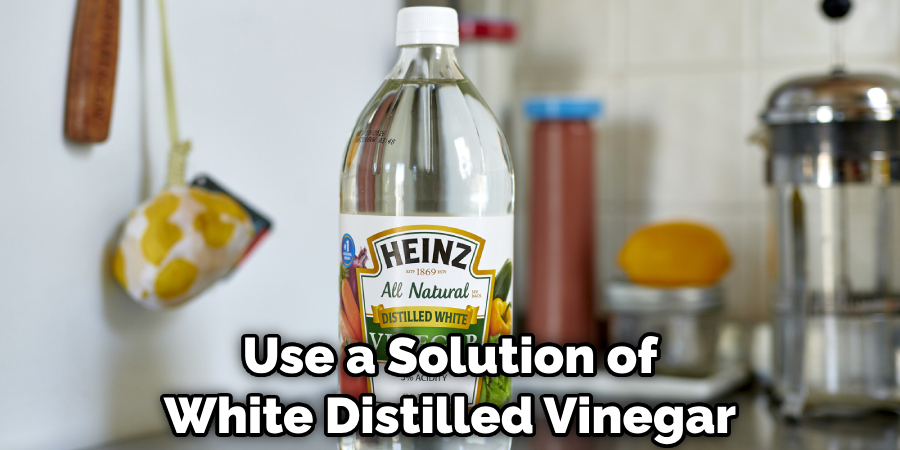
Step 6: When Professional Help Is Needed
Despite your best efforts, some glue stains may prove stubborn and resistant to removal. In these cases, it’s best to seek professional carpet cleaning assistance. Professional cleaners have the expertise and specialized equipment to tackle even the most stubborn stains. If all else fails, consider professional carpet cleaning or repair services to restore your carpet to its former glory.
You Can Check It Out to Remove PVC Glue From Hands.
5 Prevention Tips for How to Remove Super Glue From Carpet
Prevention is always better than cure. Here are some tips to help you avoid super glue accidents on your carpet:
- Choose glues with precision applicators or dispensers to minimize the risk of spills.
- Lay down protective coverings or tarps when working on craft projects or repairs.
- Work in well-ventilated areas to minimize the chance of accidental spills.
- Keep children and pets away from glue-related activities.
- Read and follow the instructions and safety precautions on the glue packaging.
You Can Check It Out to Get Super Glue Off Hardwood Floors.
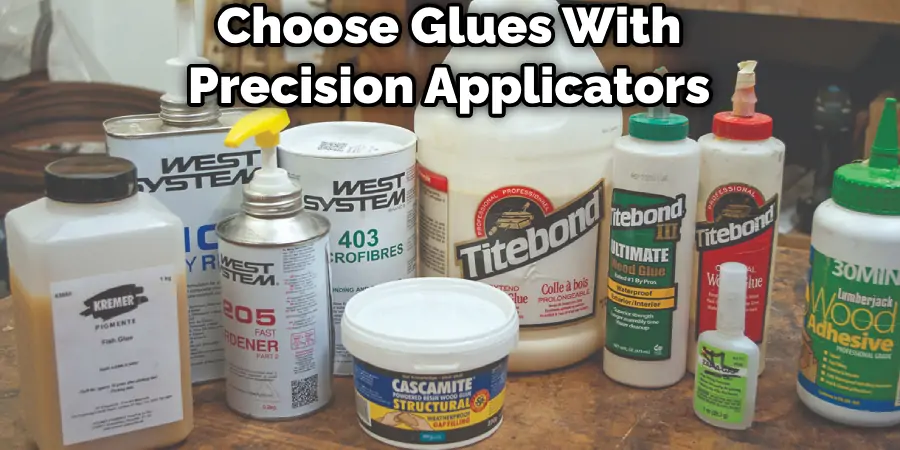
FAQs About How to Remove Super Glue From Carpet
Does Super Glue Come Out of Carpet?
Removing super glue from the carpet can be challenging, but it’s possible. You can try using acetone or nail polish remover to dissolve the glue, then gently scrape it off with a butter knife or spoon. Alternatively, a mixture of dish soap and warm water can help soften the glue for removal. Another option is to create a paste using white vinegar and baking soda, which can be used to scrub the affected area. Always test these methods in a hidden spot on the carpet first to ensure they won’t cause damage. Consulting a professional or the carpet manufacturer for advice is recommended, as the effectiveness of these methods can vary based on the carpet’s fibers.
What Dissolves Glue From Carpet?
Acetone or nail polish remover can effectively dissolve glue from carpet, but it’s crucial to test it in a hidden spot first. Alternatively, a paste of white vinegar and baking soda can help soften and remove the glue, while a mixture of dish soap and warm water can also be effective. Testing any solvent or cleaning solution in a hidden area is important to prevent damage to the carpet.
What Removes Super Glue?
To remove super glue, you can use acetone found in nail polish remover, warm soapy water, petroleum jelly or coconut oil, commercial glue remover, or carefully use sandpaper for hard surfaces. Always test any method on a small area first, and be cautious when using chemicals like acetone. It’s important to note that the effectiveness of these methods can vary based on the surface the glue is bonded to and the duration it has been in place.
You Can Check It Out to Install Carpet Tiles Without Glue.
Conclusion
Removing super glue from a carpet can be a daunting task, but with the right techniques and materials, it’s possible to restore your carpet to its pristine condition. Acting quickly, using appropriate solvents, and following the step-by-step instructions provided in this guide will increase your chances of successful glue removal. Always test any solvents on an inconspicuous area of the carpet before applying them to the stain. With proper care and attention, you can conquer any super glue mishap and keep your carpet looking its best.
Now that you have the knowledge and tools to tackle super glue stains on your carpet, you can confidently handle any accidental spills that come your way. Say goodbye to sticky situations and hello to a clean and beautiful carpet!

